Nobody agrees on the “most beautiful” state in India. Ask five travelers and you’ll get five different answers, all said with the same passion. That’s because India is wild with variety—snowy mountaintops, misty tea gardens, sun-soaked beaches, ancient temples, neon cities, desert palaces, you name it.
But if you’re serious about seeing the best, you need more than pretty Instagram shots. The difference comes down to the whole experience: the food, the warmth of the people, how easy it is to get around, how much culture you can soak up in a single street. Travel in India demands some planning, and knowing what each state does best can help you pick a trip you’ll actually remember.
Ready to dig into what makes each front-runner so special? Let’s break it down and go way beyond the postcard views.
- The Tough Choice: Beauty Is Everywhere
- Himalayan Charm: Why Himachal Pradesh Gets the Hype
- Kerala’s Tropical Magic (and Hidden Corners)
- Rajasthan’s Color, Culture, and Wild Landscapes
- Tips to Make the Most of Your Visit—Wherever You Land
The Tough Choice: Beauty Is Everywhere
Picking the most beautiful state in India is like arguing over the best flavor of ice cream. There’s no right answer—just plenty of reasons to argue. Every state finds its way onto someone’s must-see list. For example, people flock to Goa for its beaches, while others chase snowy peaks in Uttarakhand or Sikkim. Down south, Tamil Nadu offers temple-packed history lessons and lush greenery. Up north, Punjab’s golden fields and Himachal’s mountain views pull in crowds year-round.
You can spot UNESCO World Heritage Sites in Rajasthan, Madhya Pradesh, and Maharashtra alone. Add in the Northeast—states like Meghalaya, with giant caves and waterfalls straight out of an adventure movie. If you ask a family from Kerala, they’ll tell you the backwaters are the real deal. But if you chat with a local from Kashmir, they’ll shake their head and say nothing compares to a shikara ride on Dal Lake at sunset.
So much of the country’s beauty ties back to its culture. Think about Rajasthan’s Holi and Diwali celebrations—color everywhere, music blasting, food stalls around every corner. Or the boat festivals in Kerala, with crowds five rows deep. Even the food adds to the experience—dumplings in Sikkim, spiced gravies in the South, chutneys and dal in every region. That’s why even casual travelers end up picking favorites based on more than just landscape.
Here’s what helps when you have to choose:
- Think about the climate you like. Some states are best between October and March, while others come alive in the monsoon.
- Pick by the kind of adventure or pace you want—trekking, beaches, shopping, heritage walks, street food hunting.
- Don’t ignore travel logistics: some jaw-dropping spots need a full day’s travel, a permit, or a strong stomach for winding roads.
Bottom line, there’s no “most beautiful” on paper. It’s all about what clicks for you when you get there—and every state rolls out something different.
Himalayan Charm: Why Himachal Pradesh Gets the Hype
This state sits right in the lap of the Himalayas, and yeah—it actually delivers what travel ads promise. Himachal Pradesh is packed with mountain towns, crisp air, honest food, and some of the most jaw-dropping views you can find in India.
Manali and Shimla are the “big names,” but it’s the smaller spots like Tirthan Valley, Chitkul, and Jibhi that make long-time travelers freak out with excitement. There’s trekking for all levels—easy hikes to Prashar Lake if you’re not a fitness junkie, or real challenges like the Hampta Pass that take a solid few days.
The state isn’t just for scenery—people go nuts for the culture here too. Villages still hold centuries-old fairs and local food is nothing like what you’ll find in chain restaurants. Ever tried siddu (steamed bread) or freshly churned apricot oil? There’s also a Tibetan influence, especially in McLeod Ganj—the home in exile of the Dalai Lama. Buddhist monasteries like Key and Tabo feel calm and welcoming, never showy.
- Weather: Clear skies April to June, snow from December to February. Great for year-round visits if you time it right.
- Top spots: Spiti Valley (crazy landscapes and zero crowds), Kullu (adventure sports), Dalhousie (colonial hill station charm).
- Adventure: Paragliding in Bir Billing, rafting in Kullu, mountain biking, and winter skiing in Solang Valley.
Getting around isn’t always a breeze. Roads twist and turn, and buses crawl, but that’s half the fun. If you want the best views, bring motion sickness pills (trust me).
If you’re the numbers type, check out this:
| Fact | Data |
|---|---|
| Annual Tourism Footfall (2023) | Over 21 million visitors |
| Area | 55,673 sq. km (about twice the size of Belgium) |
| Official Languages | Hindi, Pahari, English |
| National Parks | 5 (including Great Himalayan National Park, a UNESCO site) |
If you’re chasing the most beautiful state in India for both natural and cultural punch, Himachal nails it. Big tip: skip the crowds if you can and go during off-peak months—March or September. Prices drop, locals relax, and you actually get space to breathe.
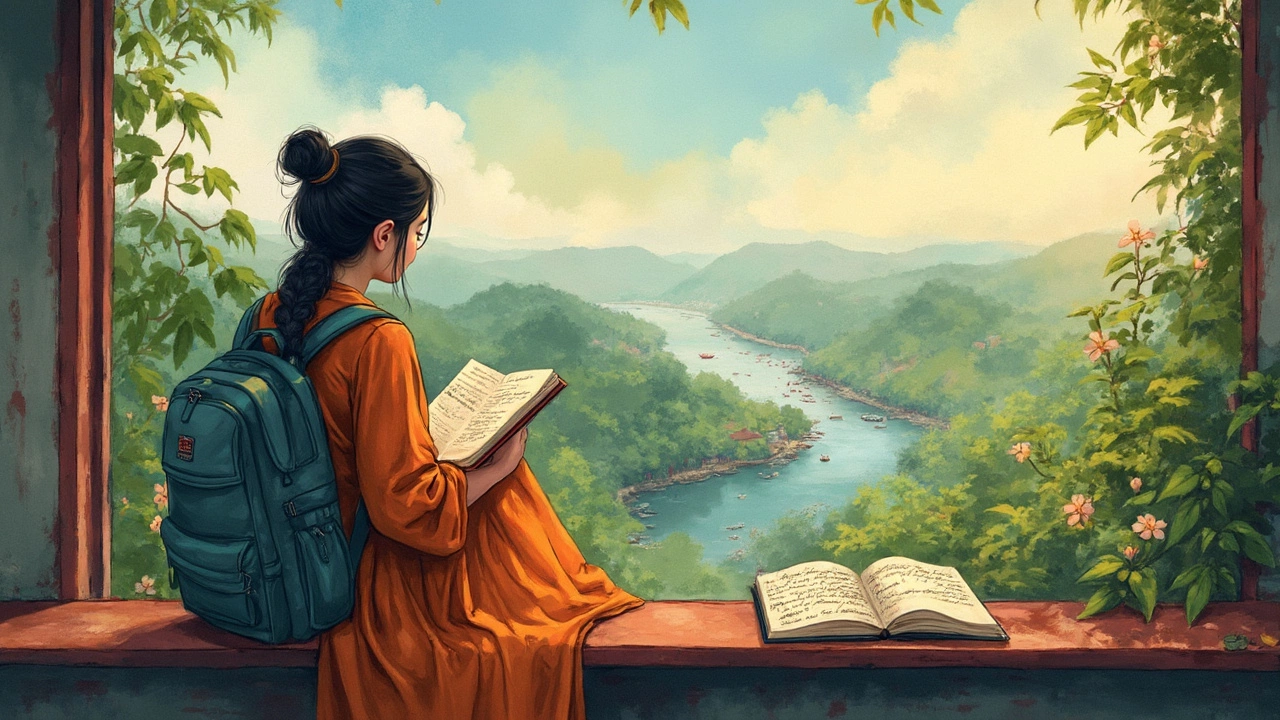
Kerala’s Tropical Magic (and Hidden Corners)
Kerala gets called “God’s Own Country,” and honestly, it’s hard to argue. The place is just packed with chill backwaters, beaches, and green hills. But there’s more! Besides the spots every tourist knows, Kerala hides some real gems if you know where to look.
First off, those houseboat rides through Alleppey’s backwaters? Totally worth the hype. You’re floating past villages, waving at kids, watching old ladies paddle tiny canoes—it all feels weirdly peaceful. Most boats are old rice barges turned into cozy floating homes, usually with your own cook whipping up fish fresh from the river. Pro tip: Skip the high season (December–February) if you want a quieter ride and better prices.
Kerala’s not just about the water. Head to Munnar in the hills, where the air is cooler and the tea plantations go on forever. It’s easy to find a guide who will show you trails the bus crowds miss. Sample local Nilgiri tea, and try “chaya” at a roadside shack for something extra-authentic.
If you want beach time, many hit Kovalam or Varkala. Varkala stands out because of the dramatic cliffs, which isn’t something you’ll see on most Indian beaches. You’ll find shacks serving fresh seafood and plenty of yoga spots. Want fewer crowds? Check out Marari Beach or Kappad, where locals outnumber tourists.
Don’t leave without tasting Kerala’s food. You’re looking at coconut everything—curries thick with flavor, crispy appams, prawn dishes swimming in spice. Vegetarian options are everywhere, and the filter coffee here is next level. Quick heads-up: meals served on banana leaves are the real deal and show up at weddings and home-style restaurants.
For something different, try:
- Kumarakom Bird Sanctuary – If you’re into birds, this is paradise (especially November to February).
- Periyar Wildlife Sanctuary – See wild elephants, or if you’re lucky, a tiger peeking out.
- Thrissur Pooram Festival – Picture a giant parade with decked-out elephants and crazy percussion—a local says it’s the “Mardi Gras of Kerala.”
| Popular Kerala Experience | Best Time to Go | Insider Tip |
|---|---|---|
| Alleppey Backwaters | Oct–Mar | Book a traditional rice barge; try day-cruises for budget trips |
| Munnar Tea Estates | Sept–May | Arrive early for sunrise views |
| Varkala Beach | Sept–Feb | Stay on the cliff for epic sunsets |
People say you come to Kerala for the scenery, but you remember it because of the food, the easy-going vibe, and how fast you feel at home. If you want a slice of the most beautiful state in India—with plenty of quiet corners still left to explore—Kerala makes a tough case to beat.
Rajasthan’s Color, Culture, and Wild Landscapes
If you ask travelers about their most jaw-dropping moments in India, Rajasthan comes up a lot. This isn’t just hype—it really is one of the most visually striking places in the country. Think massive forts shaped by centuries of history, streets alive with traditional music, camels wandering the desert, and cities splashed in every color you can think of. Jaipur, the famous “Pink City,” actually painted its buildings terracotta pink to welcome a British prince back in 1876. Udaipur’s white lakeside palaces look unreal at sunset, while Jodhpur’s houses glimmer blue under the castle-like Mehrangarh Fort.
When it comes to most beautiful state in India talk, Rajasthan gets special mention thanks to its open landscapes—sand dunes stretch for miles across the Thar Desert, and Ranthambore National Park offers a real shot at seeing wild tigers, not just pictures of them. You can sleep in a heritage haveli, wake up to peacocks, or join a local family for a home-cooked meal. That’s the kind of stuff that sticks with you.
Culturally, Rajasthan goes big. Festivals here mean whole cities come alive with puppet shows, marching bands, and fireworks—like the Pushkar Camel Fair or the electrifying Diwali celebrations in Jaipur. The state is famous for its handicrafts: hand-painted pottery, block-printed fabrics, and chunky silver jewelry sold in busy bazaars.
- If you want real adventure, try a desert safari in Jaisalmer—sleeping in tents under crazy stars isn’t just for movies.
- History nerds can spend days hopping from Amber Fort to Chittorgarh to Kumbhalgarh, each with wild stories and hidden tunnels.
- Food here is next-level: don’t leave without trying dal baati churma, spicy laal maas, or a plate of piping hot mirchi vada from a stall.
Getting around is easier than you’d think: overnight trains link major cities, and local buses or jeeps can take you off the grid (just keep cash handy for rural spots). Watch out for dry heat, especially from March to June—pack light, load up on water, and try early morning sightseeing to dodge the worst of it.
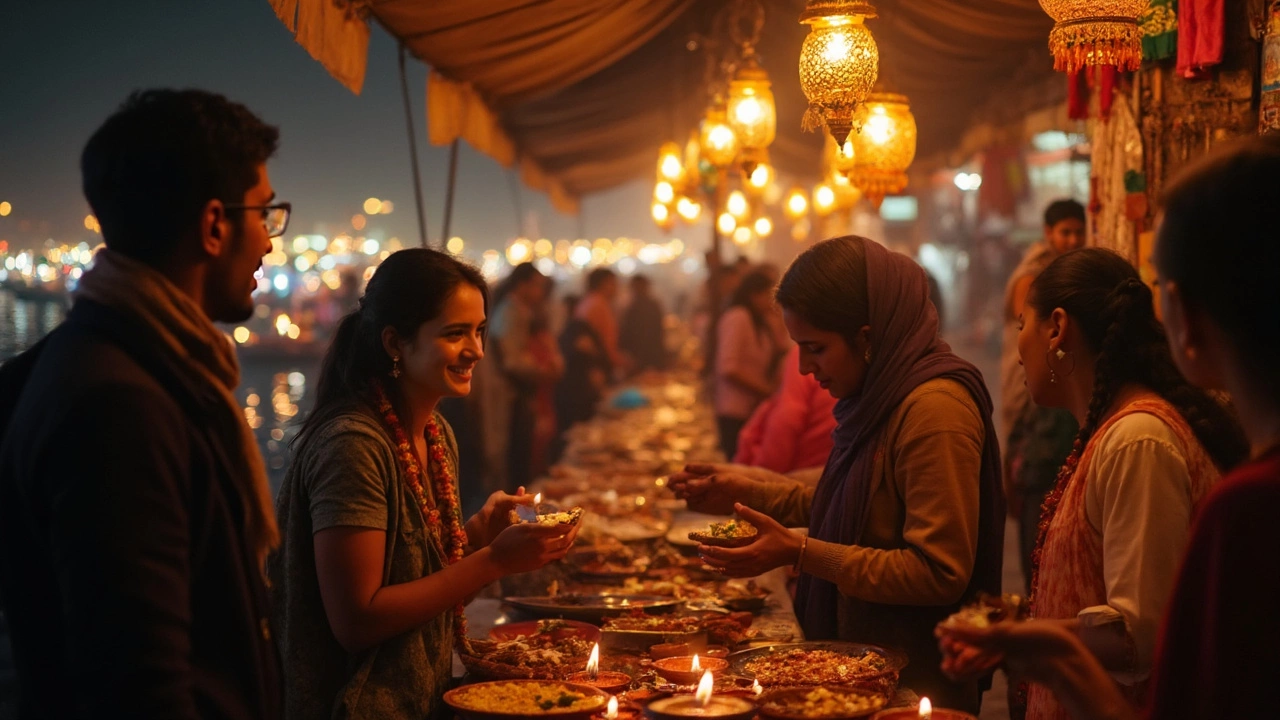
Tips to Make the Most of Your Visit—Wherever You Land
India can both wow you and wear you out. No matter if you’re chilling in Kerala’s backwaters or getting lost in Rajasthan’s old bazaars, being a little prepared pays off big time. Here’s a handful of tips to avoid rookie mistakes and soak up the real deal—wherever you drop your bags.
- Most beautiful state in India is different for everyone. Don’t try to squeeze everything into one trip. Focus on a couple of states and go deep, not wide. The distances in India can be way bigger than they look on a map.
- Local transport is an adventure, not a drag. Trains connect nearly every corner of India and booking in advance online (IRCTC or Cleartrip) saves you from nasty surprises. For short distances, autos and tuk-tuks work best—always agree on a price before hopping in.
- Respect local customs. Every state has its own way of doing things. In temples, shoes always come off. Some places (like Kerala and the northeast) ban alcohol sales on certain days.
- Eat where locals eat—it’s fresh, way cheaper, and often tastier. Don’t miss out on state specialties: Himachali siddu, Rajasthani dal baati, or spicy Kerala fish curry.
- Cash is still king in smaller towns, so carry enough. But UPI payments (like Google Pay or Paytm) are everywhere in cities. Just don’t count on cards in every market.
- Plan around the weather. Monsoon (June-September) can mess up mountain travel and flood roads in Kerala. Winter is peak for Rajasthan but chilly in the north—layers come in handy.
- Booking travel and hotels: Use Indian platforms like MakeMyTrip or Yatra if you hit a snag on international sites—they’re better with local service and refunds.
Here’s a quick look at when and where to go for the best experience:
| State | Best Time | Must-Try Local Experience |
|---|---|---|
| Himachal Pradesh | March-June | Trek the Parvati Valley or visit Spiti’s ancient monasteries |
| Kerala | November-February | Houseboat stay in Alleppey; Ayurvedic spa in Kovalam |
| Rajasthan | October-March | Desert festival in Jaisalmer; Old city walk in Jaipur |
| Goa | November-February | Sundowner at Palolem beach; Spice plantation tour |
| Sikkim | March-May, September-November | Lake Tsomgo road trip; momo trail in Gangtok |
Quick tip: SIM cards for tourists are easy to get at airports—Airtel and Jio have the widest coverage. Snap a copy of your passport and visa for paperwork. Stay connected to find rides, get around, and check reviews in real time.
Finally, trust your gut and talk to locals—they know shortcuts to the best food, hidden viewpoints, and where you might want to avoid after dark. The more you ask, the richer your trip gets.
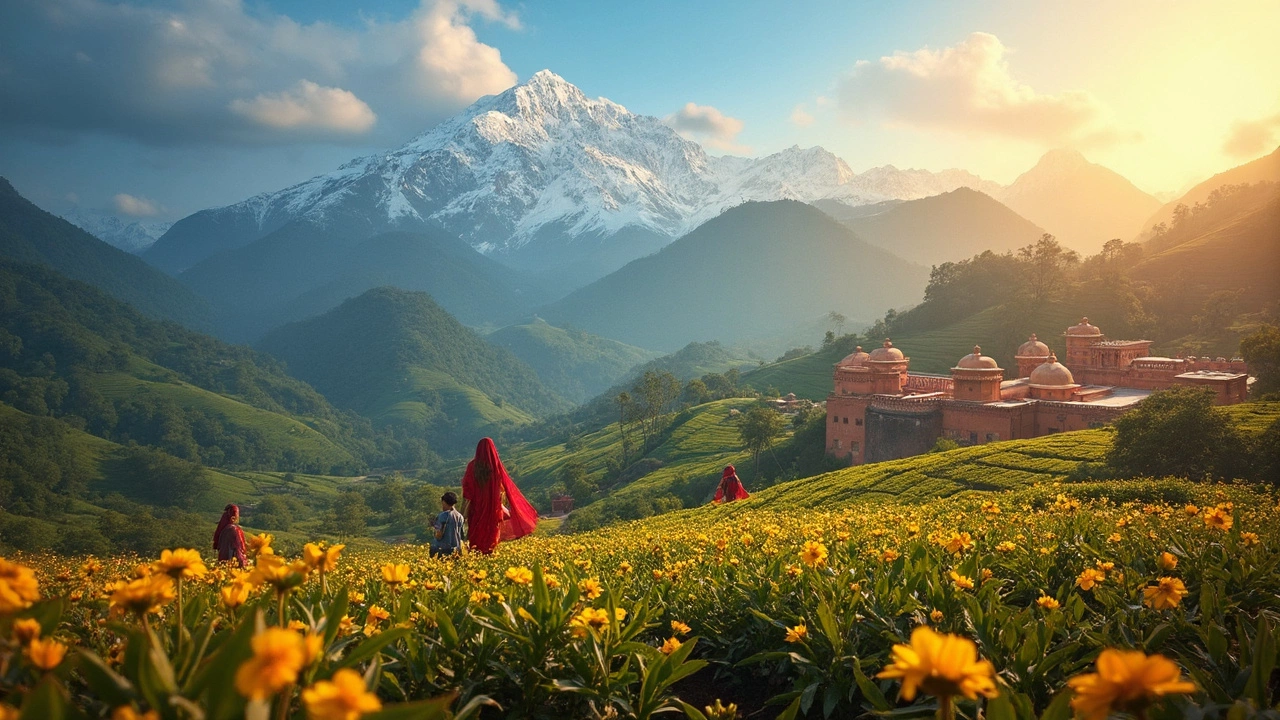
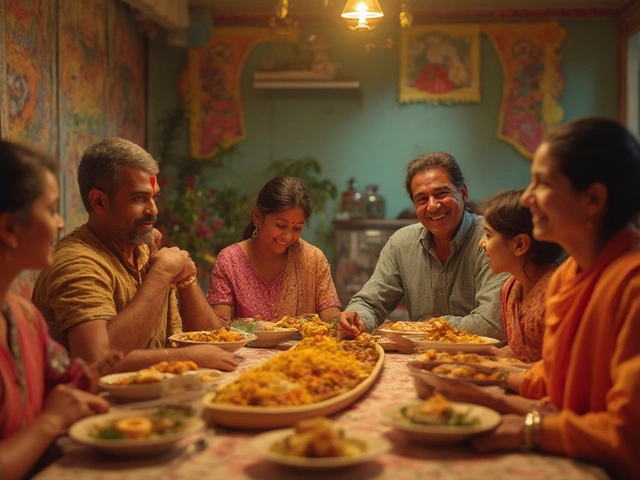
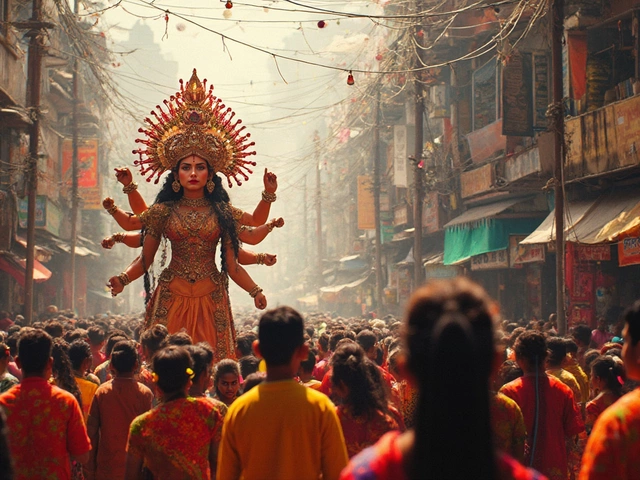
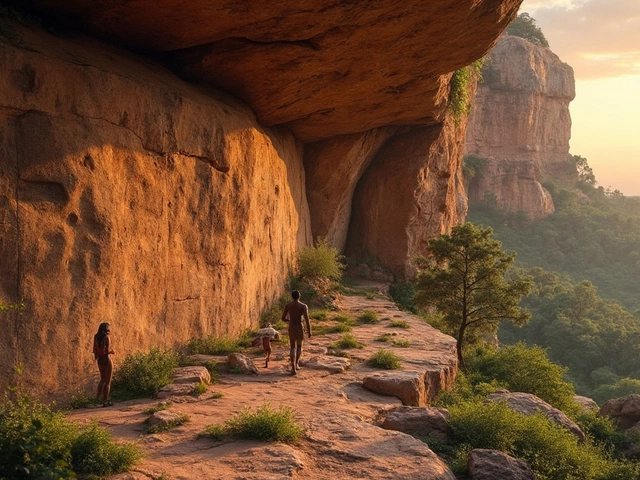
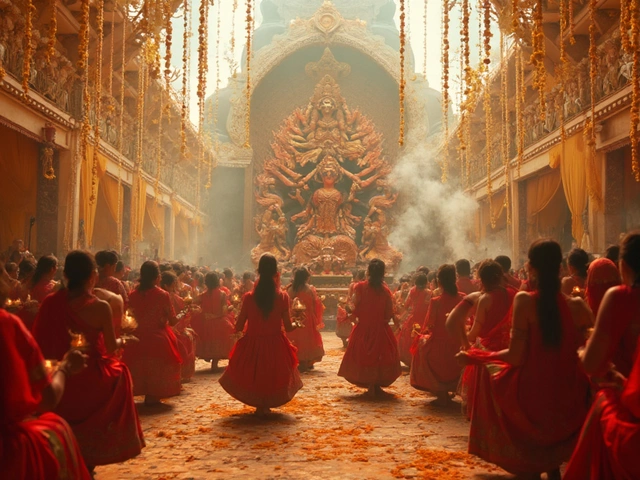
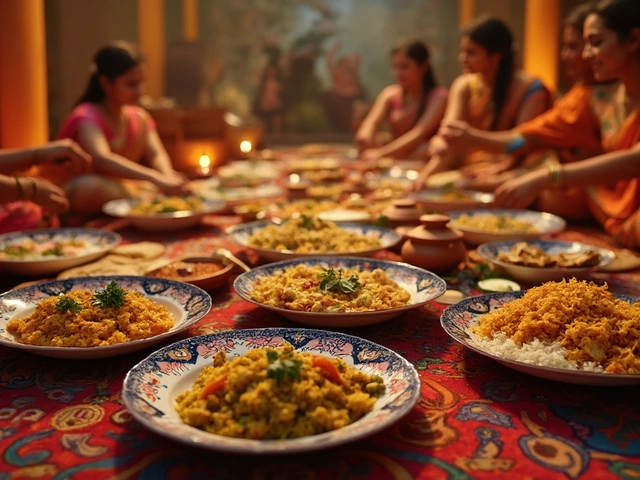
Write a comment